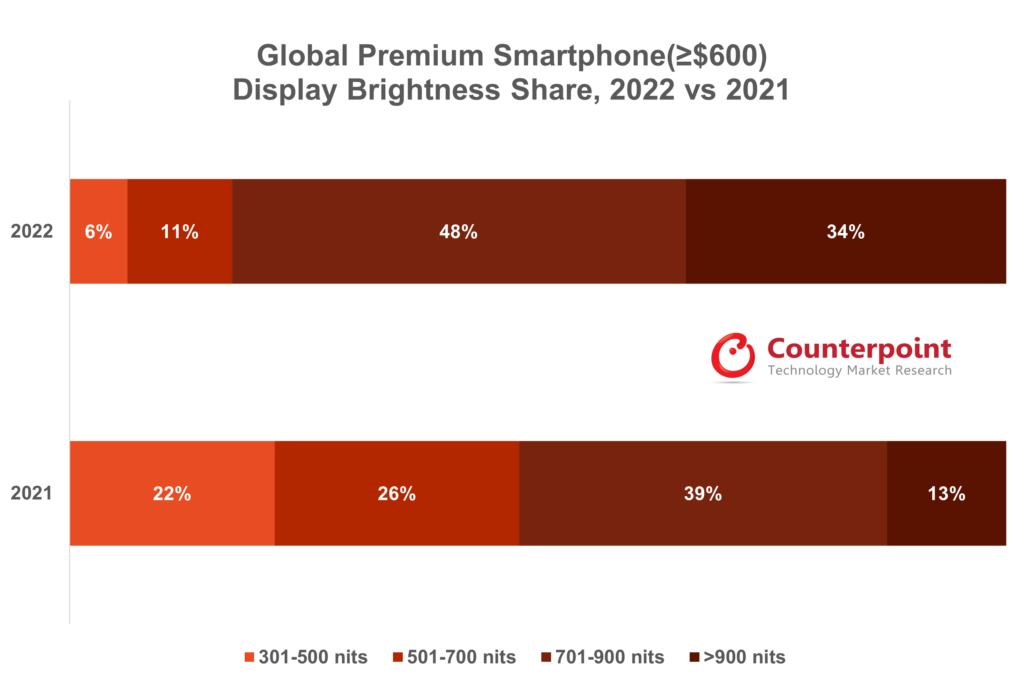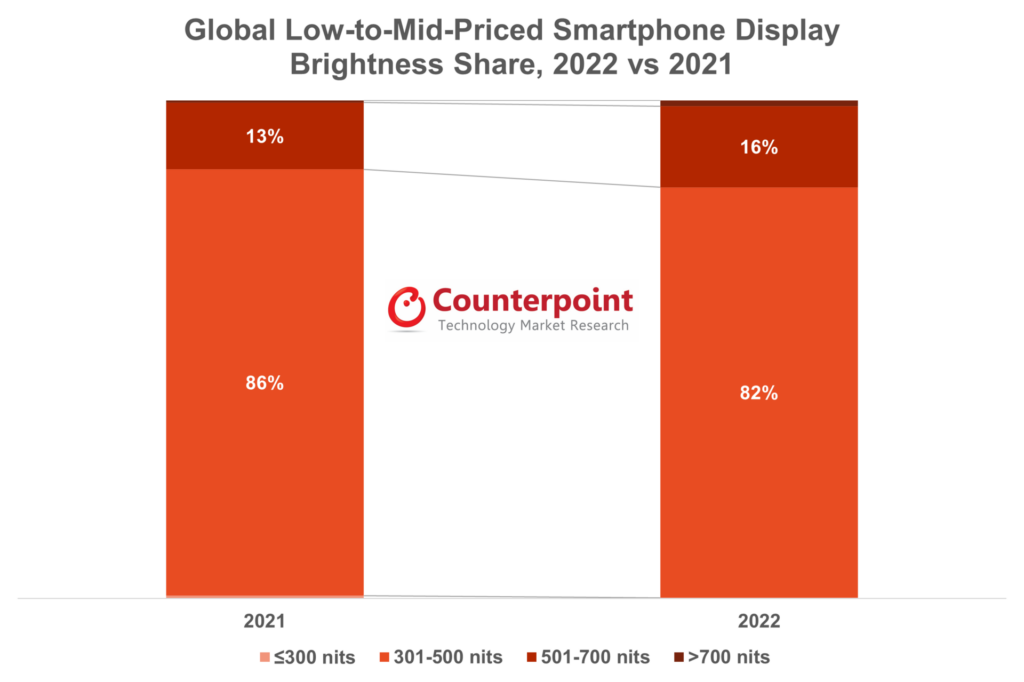Trends
Smartphone displays moving towards ‘Brighter’ Future
For smartphone displays, visibility plays a more important role than in other devices like PCs and tablets. This is because smartphones are used outdoors for a substantial amount of time. Indicators like color gamut, contrast ratio, and brightness are important for a smartphone display striving to secure proper visibility. In addition, with the recent development of HDR, consumption of high-definition video content has soared, making good visibility more important than ever.
The display’s brightness can be divided into two main categories – typical brightness and peak brightness. Typical brightness refers to the level of brightness when using a smartphone in a general environment, such as indoors, while peak brightness refers to the level of brightness when using a smartphone in an extremely bright environment, such as a sunny outdoor environment. The brightness of smartphone displays is increasingly attracting interest from users and prospective buyers thanks to the increasing content consumption on the device. As a result, the competition among smartphone OEMs for display brightness quality is getting fiercer.
In 2022, over a third of premium smartphones (≥$600) applied brightness over 900 nits. This is a 171% YoY jump, which is not only due to Apple’s steady sales but also due to the increased use of this brightness band by Chinese OEMs trying to strengthen their premium line-ups, such as vivo, OPPO, and Xiaomi.
Global Premium Smartphone(≥$600) Display Brightness Share, 2022 vs 2021

Further, this trend is gradually spreading to low-to-mid-priced smartphones. For instance, Samsung has not only significantly increased the adoption of brightness exceeding 700 nits in its premium smartphones, but it has also brought down the share of brightness below 450 nits in its low-to-mid priced smartphones by about 20%p in 2022. More than 90% of Samsung’s low-to-mid-priced smartphones had brightness below 450 nits in 2021. As a result of these changes, the proportion of over 700 nits in Samsung’s portfolio increased 13%p YoY in 2022.
Global Low-to-Mid-Priced Smartphone Display Brightness Share, 2022 vs 2021

In line with the improvement in typical brightness, peak brightness, which is essential for expanding the smartphone use environment, is also developing. However, due to problems like eye fatigue and reduced power efficiency, these two types of brightness cannot be improved indefinitely. Therefore, the software’s role has become more important here in balancing user demands with technological enhancements.
CT Bureau














You must be logged in to post a comment Login